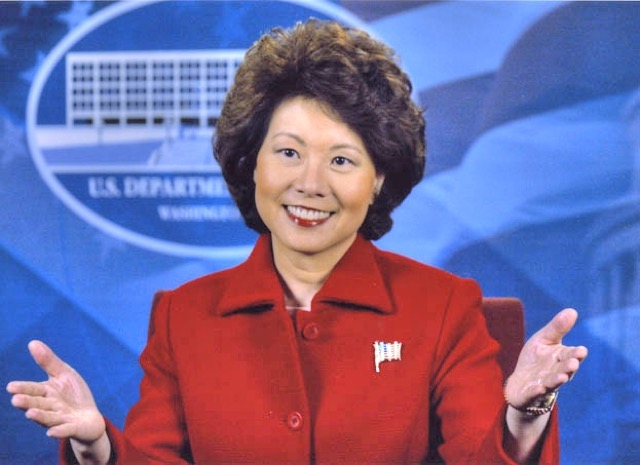Last week, the National Highway Traffic Safety Commission (NHTSC) formally proposed to mandate that all new cars be equipped with “vehicle-to-vehicle” (V2V) communications, also known as connected-vehicle technology. This would allow vehicles stuck in traffic to let other vehicles know to take alternate routes. It would also allow the governments–or hackers–to take control of your car anytime they want.
The good news is that the Trump Administration will take office before NHTSC has a chance to put this rule into effect, and there is a good chance that Trump will kill it. The bad news is that this rule will feed the paranoia some people have over self-driving cars.
This article, for example, considers self-driving cars to be a part of the “war on the automobile” because they offer an “easy way to track the movements of individuals in society.” In fact, the writer of the article is confusing self-driving cars with connected vehicles. As the Antiplanner noted as recently as last week, none of the at least 20 companies working on self-driving cars or software, as far as I can tell, are making V2V an integral part of their systems. This is mainly because they don’t trust the government to install or maintain the infrastructure needed to make it work but also because self-driving cars don’t need that technology.








